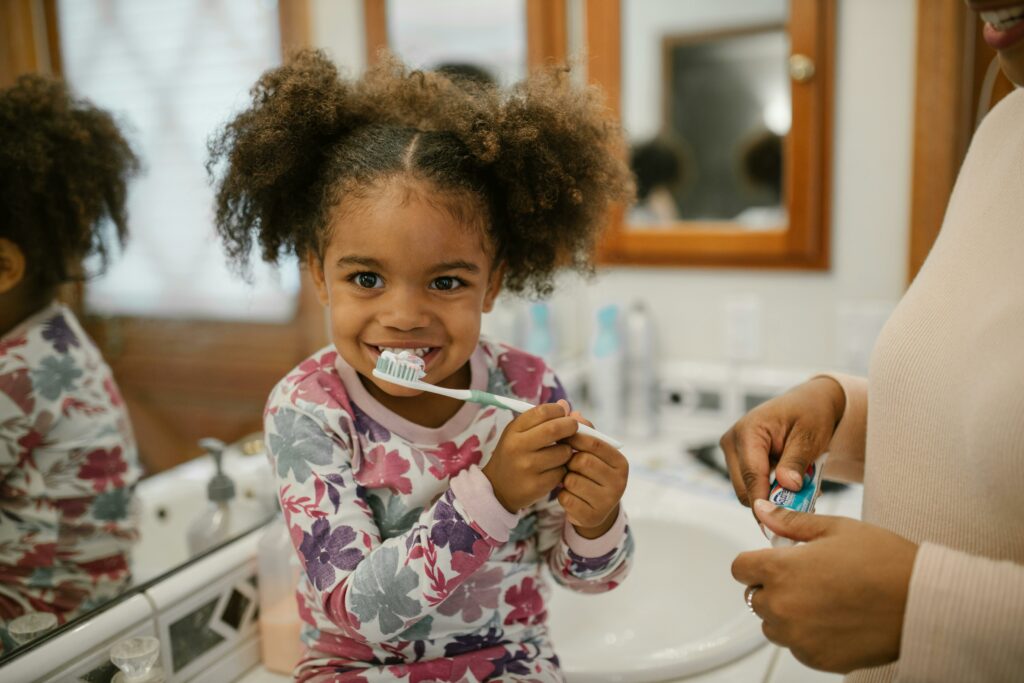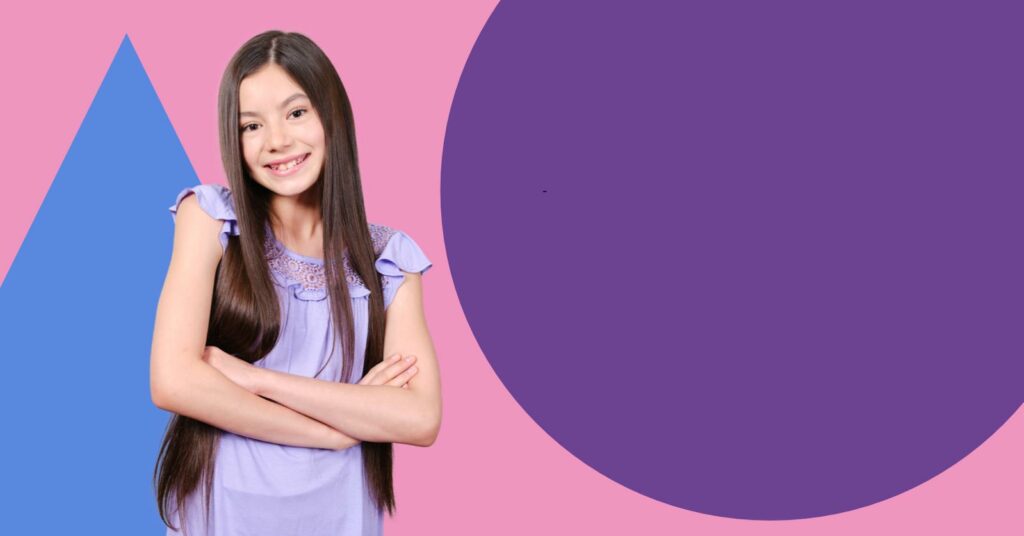Newborn babies have delicate skin and are susceptible to a variety of skin rashes.
However, most newborn rashes are not a cause for alarm and typically go away on their own. We’ll cover the five most common newborn rashes, how to treat them, and when to seek your pediatrician’s help.
1. Diaper Rash
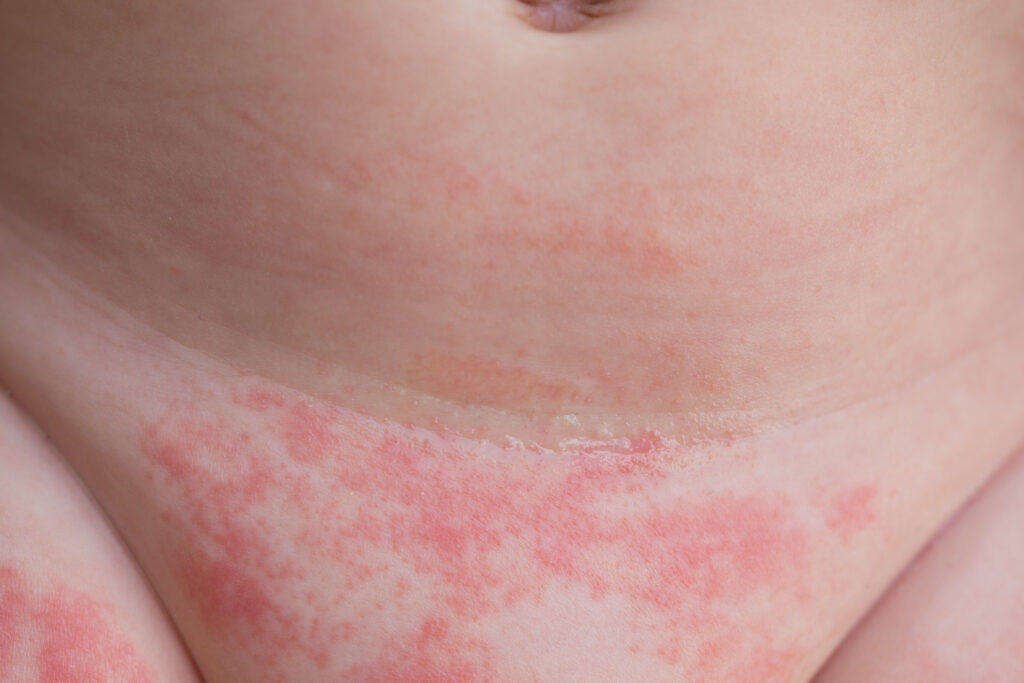
Diaper rash is one of the most common skin conditions affecting newborn babies. It occurs when the skin is irritated by prolonged exposure to a wet or dirty diaper.
Symptoms of diaper rash include redness, swelling, and small pimple-like bumps in the diaper area.
To treat diaper rash, change your baby’s diaper frequently so his or her skin is kept clean and dry. When you change their diaper, clean their bottom using a gentle, fragrance-free wipe. Pat dry or allow the skin to air dry. Apply a thick layer of diaper cream to their skin to protect it.
If the rash does not improve within a few days, contact your pediatrician.
2. Milia
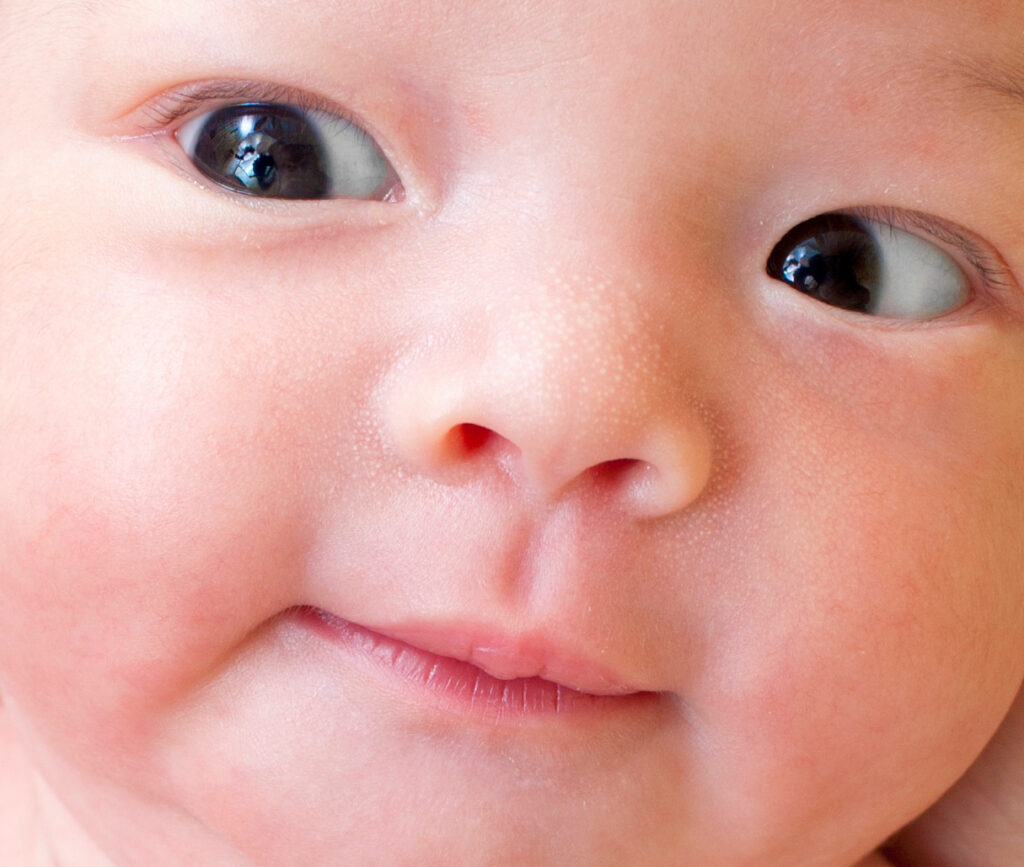
Milia occurs on the face and is a harmless skin condition that occurs in about 40 percent of newborns.
This rash is typically present at birth and is characterized by pinhead-sized white or yellow bumps.
Milia typically clears up on its own within a few weeks and does not require treatment. Do not pick at the bumps because it can cause scarring or infection. Avoid applying ointments or creams as they can also make it worse.
3. Baby Acne
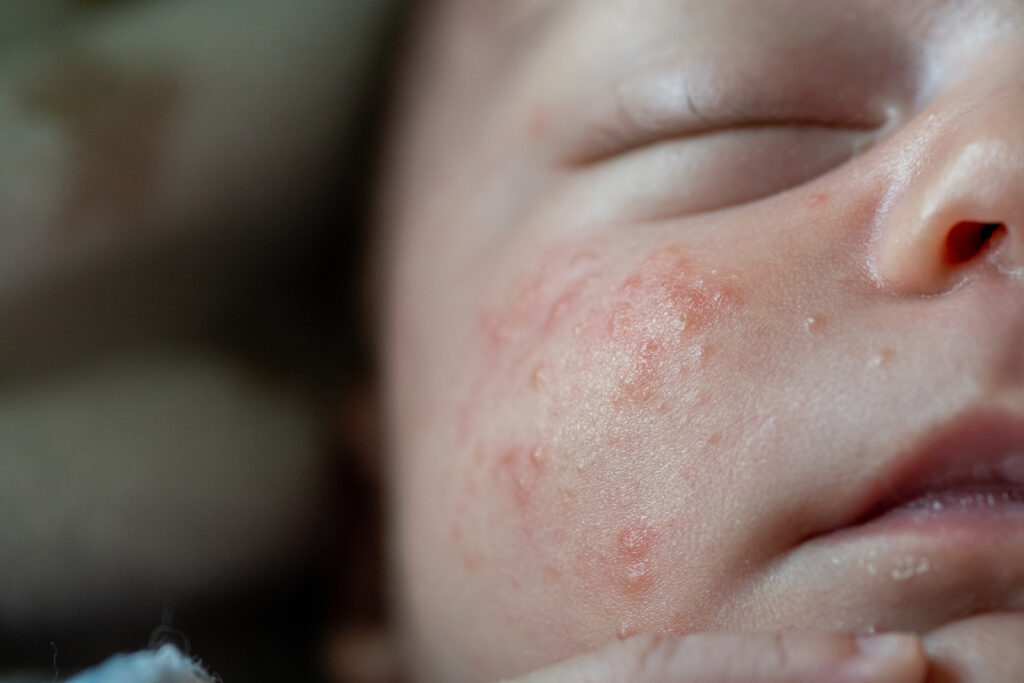
Baby acne is a harmless rash that can occur on a newborn’s face.
It will appear much like regular acne, with small red bumps. Baby acne is caused by the transfer of maternal hormones before birth, but the acne doesn’t show until two to four weeks of age. It typically can last until four or six months of age.
This newborn rash will go away on its own and no treatment is needed. Baby oils or ointment often make it worse, so it’s best to be left alone.
4. Erythema Toxicum
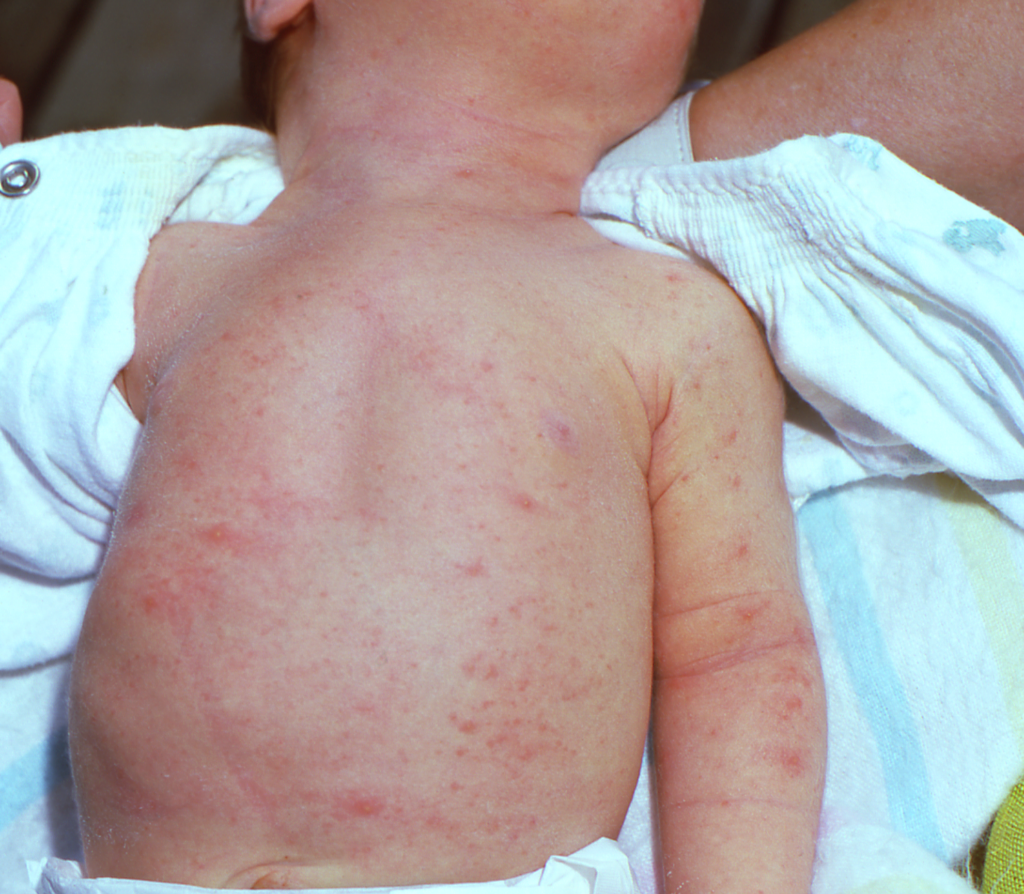
Erythema toxicum is a harmless skin condition that more than half of all newborns experience.
The newborn rash typically appears on the second or third day of life. It can appear on any part of the body, except the palms of the hands or the soles of the feet. It will look like red blotches about 1/2 to 1 inch across and will have a yellow or white pimple-like center. The rash can look similar to swollen insect bites.
This condition is not serious and will clear up on its own around 1-2 weeks of age. Do not apply ointments, oils, or creams as it can make the rash worse.
5. Spit-Up Rash
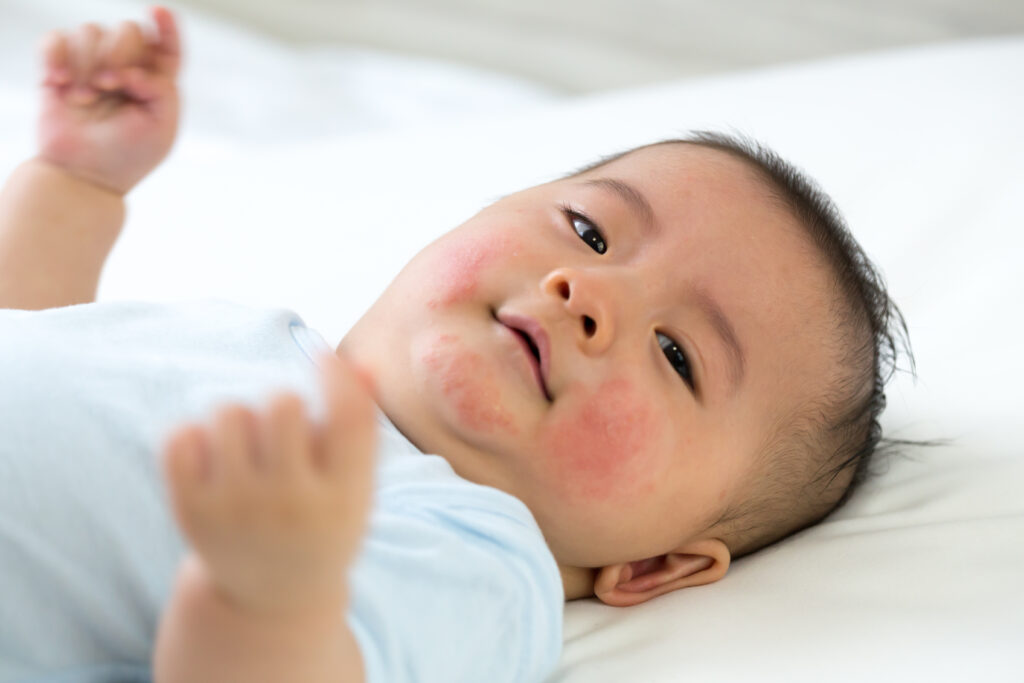
It’s common to find a spit-up rash that comes and goes on a babies’ chin, cheeks, neck folds, or chest.
This rash looks like raised patches with small, red bumps. When milk or spit-up gets trapped in skin folds or sits for prolonged periods while a baby sleeps, it can irritate the skin.
To prevent this rash, pat dry the baby’s skin after feedings and check the neck folds for moisture. If your baby has already developed a rash, you can gently rinse the face with water and pat dry after feedings.
When to Call Pediatrics West about Your Newborn’s Rash
Sometimes a rash can be a sign of a more serious health concern. If the rash is accompanied by a fever, is spreading quickly, or if your baby looks or acts abnormally, it’s best to contact your provider at Pediatrics West immediately. Other signs that require immediate medical attention is when the rash looks infected, is painful to touch, or has developed into blisters.
Trust your gut, and contact our office at (720) 284-3700 if you’re concerned or unsure of how to treat your newborn’s rash.
